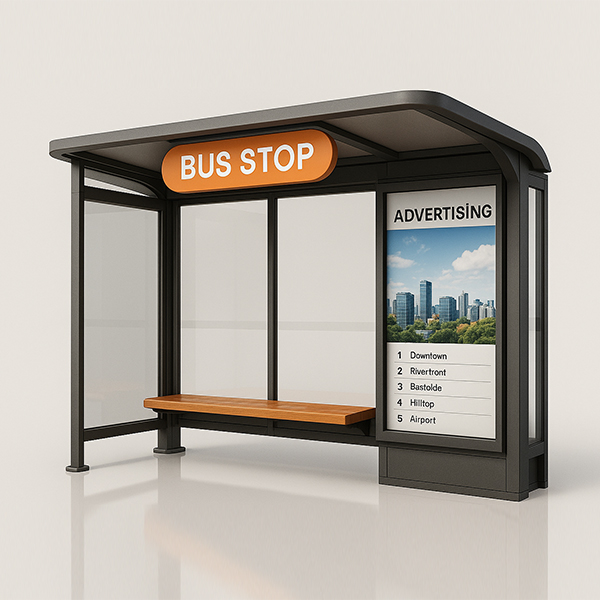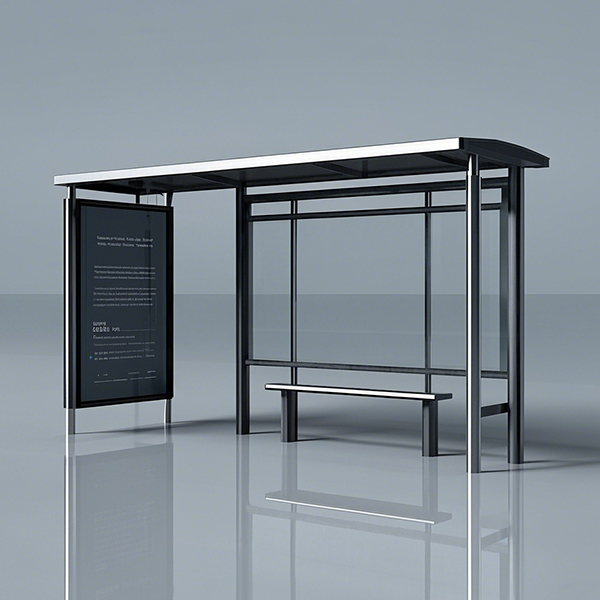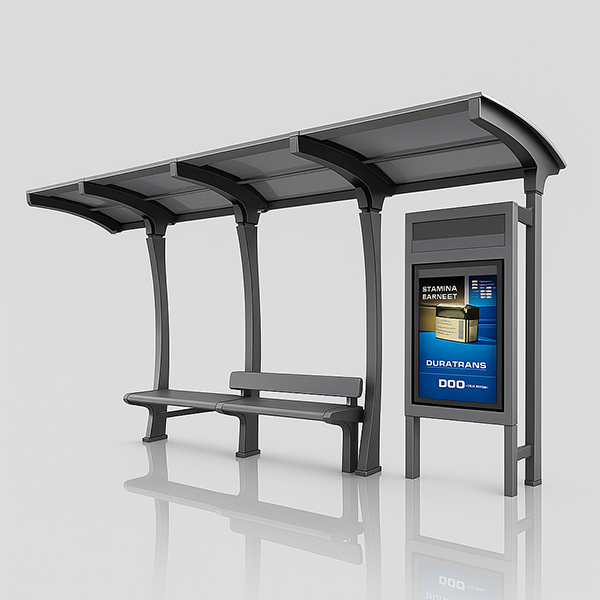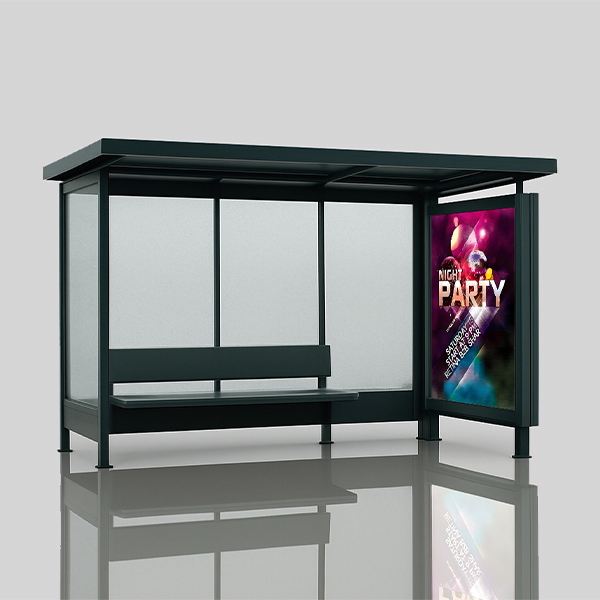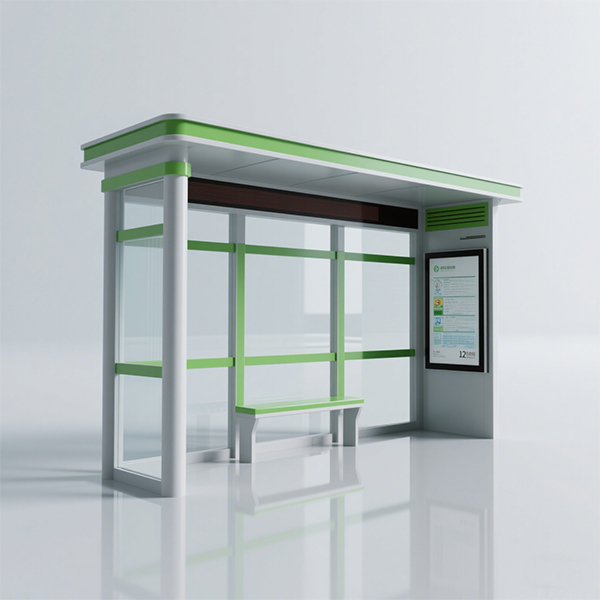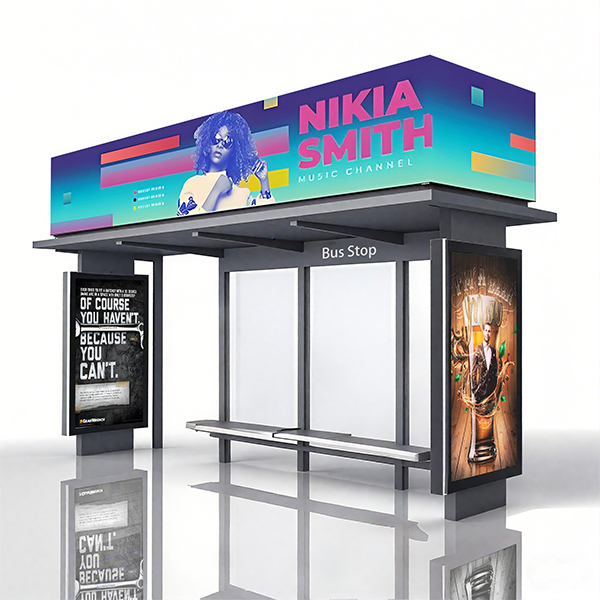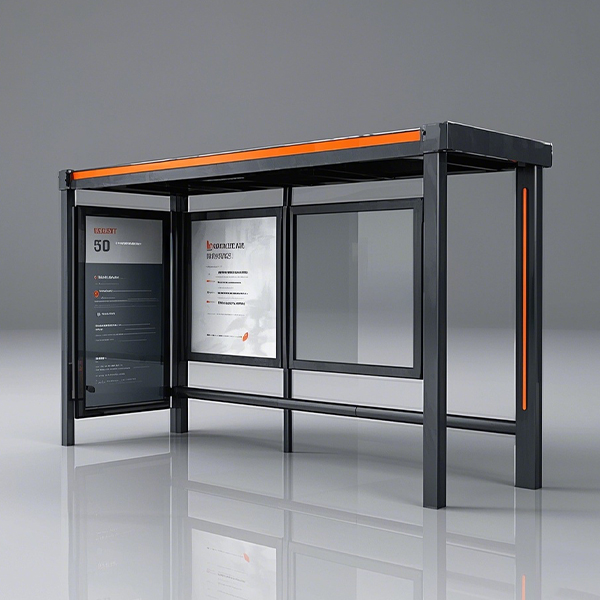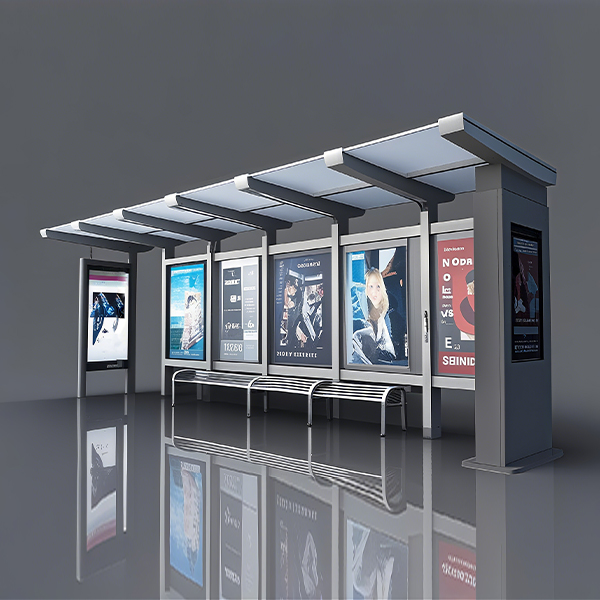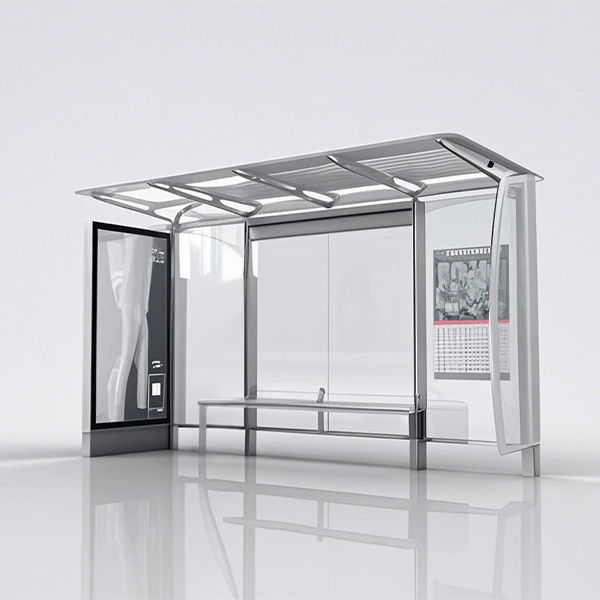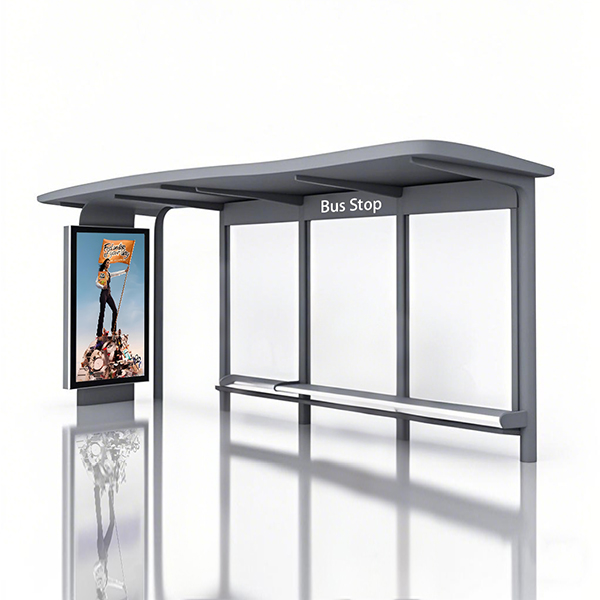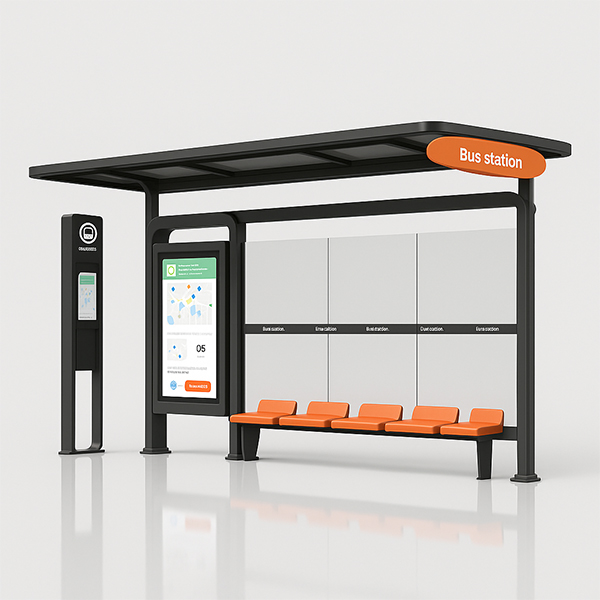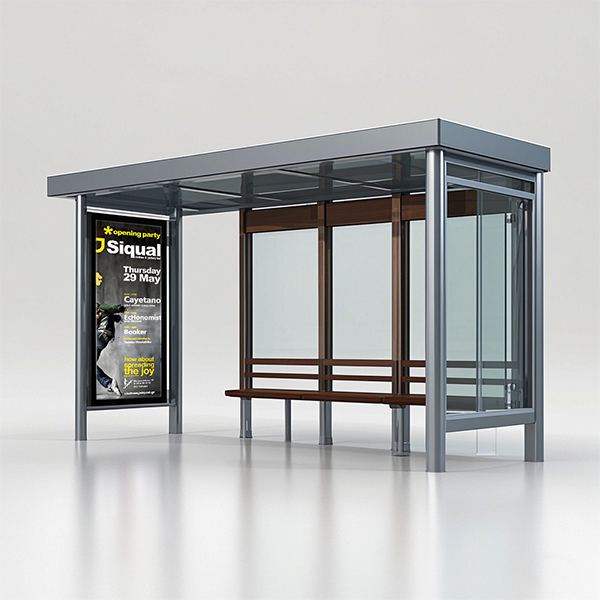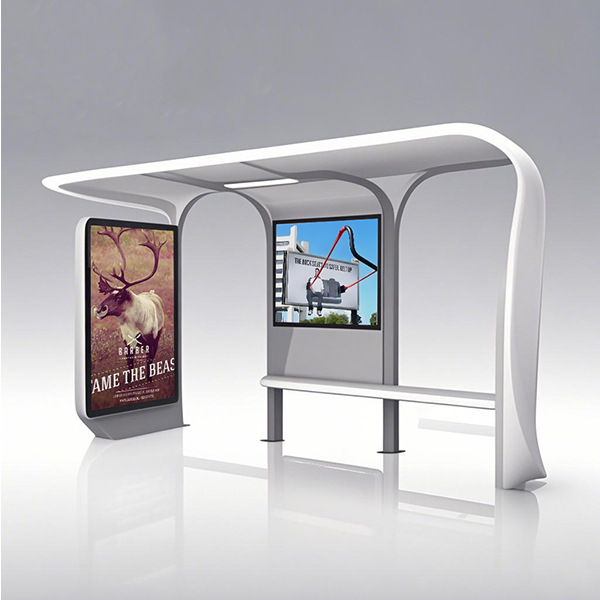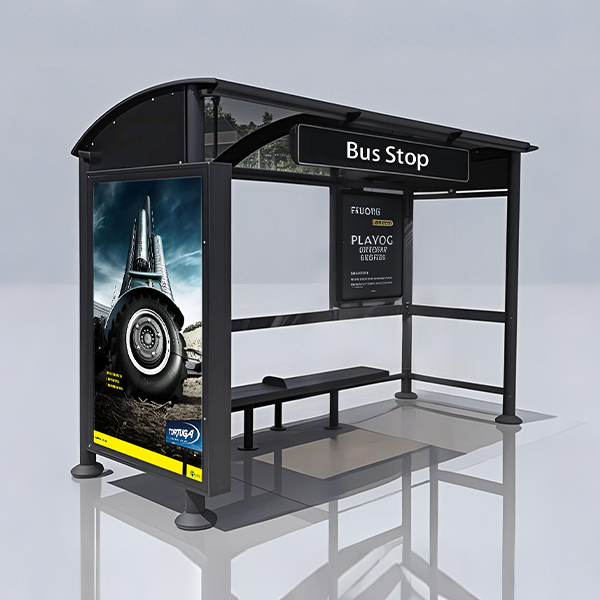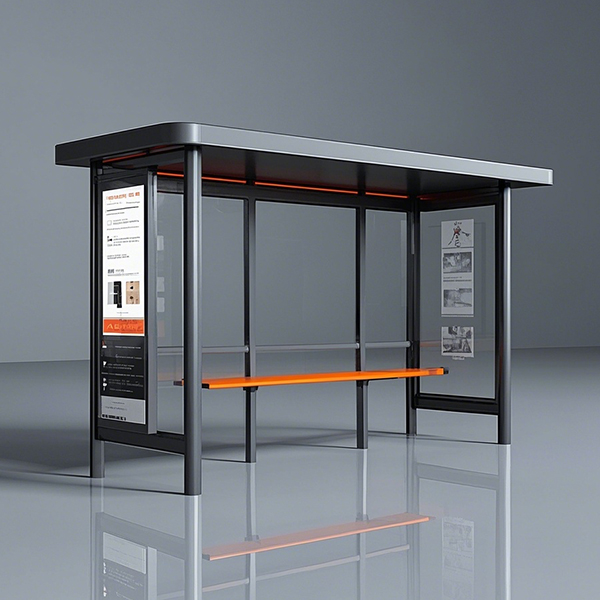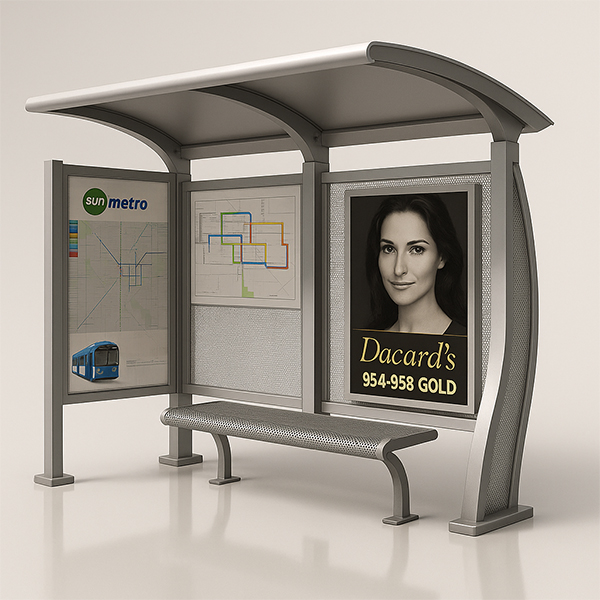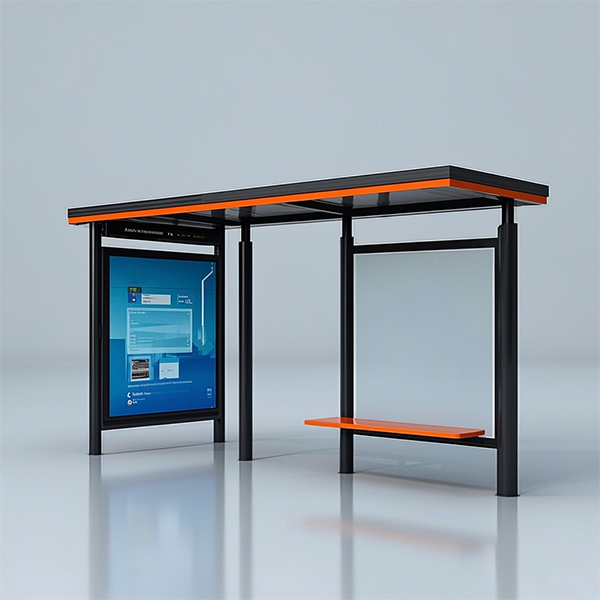
wooden bus shelters
Discover the benefits, considerations, and best practices for selecting and maintaining durable and aesthetically pleasing wooden bus shelters. This comprehensive guide explores design elements, material choices, maintenance techniques, and cost factors to help you make informed decisions.
Why Choose Wooden Bus Shelters?
Aesthetic Appeal and Environmental Friendliness
Wooden bus shelters offer a natural and aesthetically pleasing alternative to metal or plastic shelters. Their warm, inviting appearance complements various architectural styles and blends seamlessly with natural surroundings. Many wood types are also sustainably sourced, reducing the environmental impact compared to other materials. Consider the impact on your community's visual landscape – a beautiful shelter can enhance the overall feel of a bus stop.
Durability and Longevity
With proper treatment and maintenance, wooden bus shelters can be incredibly durable and long-lasting. Hardwoods like cedar, redwood, and teak are naturally resistant to rot, insects, and decay. Properly applied preservatives further extend their lifespan, ensuring a significant return on investment. Think of the long-term cost savings compared to frequent replacements of less durable materials.
Customization and Design Flexibility
Wood offers exceptional design flexibility. Wooden bus shelters can be customized to match specific aesthetic preferences and incorporate unique design elements. From intricate carvings to simple, clean lines, the possibilities are virtually limitless. Imagine the opportunity to create a shelter that truly reflects the character of your community.
Choosing the Right Wood for Your Wooden Bus Shelter
Hardwood vs. Softwood
Hardwoods generally offer superior durability and resistance to weathering, but they also come at a higher cost. Softwoods are more affordable but may require more frequent maintenance. The choice depends on your budget and desired lifespan. Consider factors such as rot resistance, insect resistance, and the required level of maintenance.
Wood Treatment and Preservation
Proper wood treatment is essential to protect your wooden bus shelter from the elements and extend its lifespan. Pressure-treated lumber is a common choice, offering protection against rot and insects. Regularly applying a high-quality wood sealant further enhances protection and maintains the shelter's appearance.
Maintenance and Care of Wooden Bus Shelters
Regular Cleaning and Inspection
Regular cleaning and inspections are crucial for maintaining the longevity of your wooden bus shelter. Regularly remove dirt, debris, and grime. Inspect for any signs of damage, such as cracks, splinters, or rot, and address them promptly. This proactive approach prevents small problems from escalating into major repairs.
Repairing Damage
Minor repairs, like replacing damaged boards or fixing cracks, can be easily handled with basic woodworking skills and readily available materials. For more extensive repairs, consult a professional carpenter or contractor. Prompt repairs prevent further damage and help maintain the shelter's structural integrity.
Protecting Your Investment
Investing in quality materials and regular maintenance ensures a significant return on investment. A well-maintained wooden bus shelter not only provides a functional and safe space for passengers but also enhances the aesthetic appeal of the surrounding area. Consider this a long-term investment in your community's infrastructure.
Cost Considerations for Wooden Bus Shelters
The cost of a wooden bus shelter varies significantly depending on factors such as size, wood type, design complexity, and features. It's important to obtain multiple quotes from reputable suppliers to compare prices and ensure you're getting the best value for your investment. For detailed pricing and customization options, consider contacting Shandong Luyi Public Facilities Co., Ltd., a leading provider of high-quality public infrastructure solutions.
| Wood Type | Estimated Cost (USD) | Durability |
|---|---|---|
| Cedar | $3,000 - $6,000 | High |
| Redwood | $3,500 - $7,000 | High |
| Pine | $2,000 - $4,000 | Medium |
Note: Cost estimates are approximate and can vary based on several factors. Contact a supplier for accurate pricing.
Соответствующая продукция
Соответствующая продукция







